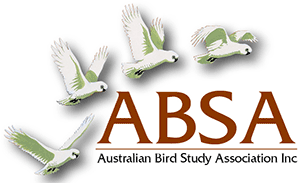Diurnal birds in the Bungawalbin Creek catchment, northern New South Wales, with a focus on spatial and temporal changes in reporting rates of declining woodland birds
| Posted: |
26/02/2016 |
| Author(s): |
Carl Gosper, Dennis Gosper |
Birds at 41 sites in grassy dry open sclerophyll (eucalypt) forests and woodlands in eight State Forests in the Bungawalbin Creek catchment, Richmond River District, northern New South Wales, were surveyed across all seasons from February 2004 to July 2006. One hundred and eight diurnal species were detected, including 11 state listed threatened species and a further 17 temperate woodland species considered to be of conservation concern. No introduced species were found. Results suggest that the bird assemblages of the Bungawalbin Creek middle catchment dry forests have remained largely intact over the 25 years following a previous study (1977–80), and confirm the persistence of populations of a range of threatened taxa and other species identified as declining or subject to local extinction on the adjoining tablelands and slopes of northern New South Wales. The study area is a stronghold for declining temperate woodland species such as Painted Button-quail
Turnix varius, Little Lorikeet
Glossopsitta pusilla, Brown Treecreeper
Climacteris picumnus and Black-chinned Honeyeater
Melithreptus gularis. Evidence for lower recent reporting rates was found, however, in Peaceful Dove
Geopelia striata, Buff-rumped Thornbill
Acanthiza reguloides, Varied Sittella
Daphoenositta chrysoptera, Rufous Whistler
Pachycephala rufiventris, Jacky Winter
Microeca fascinans and Double-barred Finch
Taeniopygia bichenovii.
>> Download Abstract |
File Size: 339KB
>> Download Complete PDF | File Size: 2 MB
